14 Best Bird Poses To Capture For Bird Photography
Do you know the best bird pose to photograph? If you are interested in bird photography, you must know the best bird poses. Sometimes, the birds perch on branches of the tree and the ground during other times. I have been doing bird photography for a while. So, I will list out all the best possible poses that you can capture.
1. Head on Shot, Perched on Ground
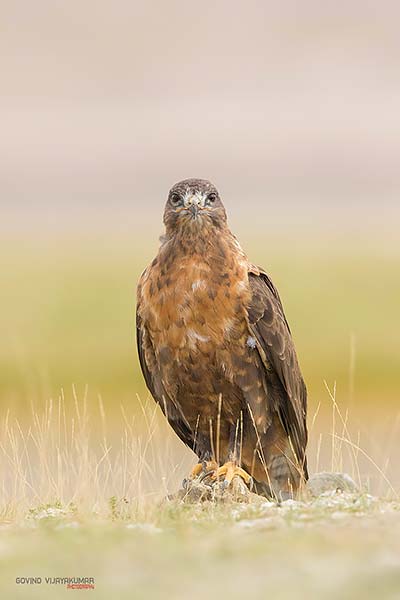
Most of the birds perch on rocks or ground at times. One of the best shots you can capture during this time is the head-on shot. In this shot, both the bird’s eyes can be clearly seen on the image. There should be good eye contact with the bird when capturing this image.
Raptors like Eagles, Buzzards, and Falcons are some of the best birds that you can try. This pose works good for bigger birds. Next time, when you photograph raptors, try to capture this bird pose.
2. Side View Shot, Perched on Tree
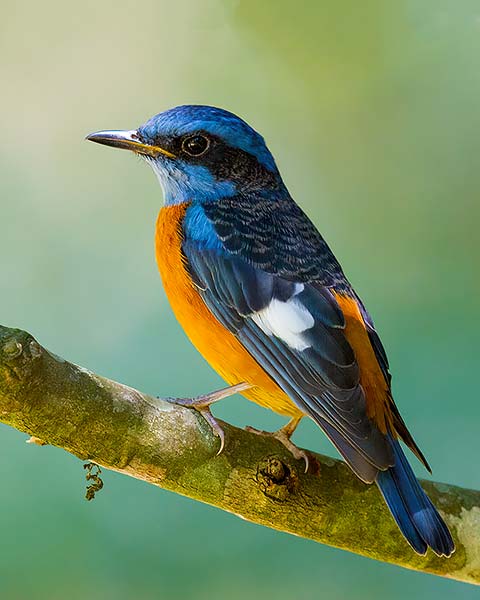
If you ask me which bird pose is best to photograph, I will tell the side view shot. Next time, when you see a bird perched on the tree, try to capture the image from the side view angle.
Make sure to get an eye level shot. If you take a photograph from down with your camera pointing up, your image may not look that interesting. It is due to the perspective distortion created by this awkward angle. The body or the head of the bird may look out of proportion in the image. It is due to the phenomenon called foreshortening in photography.
👉🏻 📖 READ MORE: Importance of Background in Bird Photography
3. The Back View Pose with a Full Head Turn, Perched on Tree
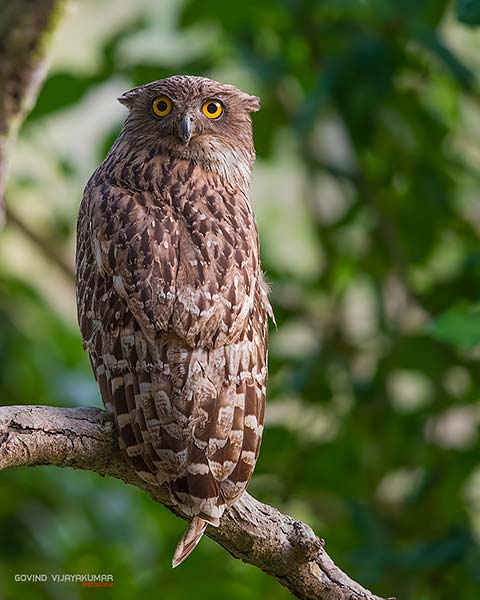
The full head turn pose of the bird with its backside view is an exciting one to photograph. All the birds will look good on their backside. The whole head turn means that both the eyes and the beak of the bird can be seen in the picture.
In most of these shots, the legs and claws of the bird will not be visible, which makes the image quite interesting.
4. Side View Shot, Perched on Ground
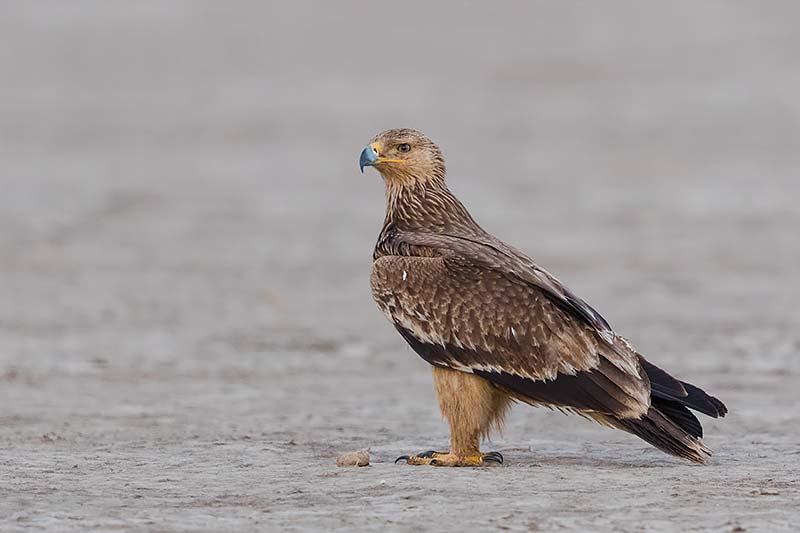
Another popular shot that you must try to shoot is the side view shot of the bird when the bird is perched on the ground. It is one of the best bird poses to photograph.
To get a good eye level image, I recommend you to lie down, if possible, to get the best shot. However, sometimes, you may not be able to lie down since there are obstructions between the camera and the bird when you lie on the ground.
5. Front View Shot with Head turned Left/ Right
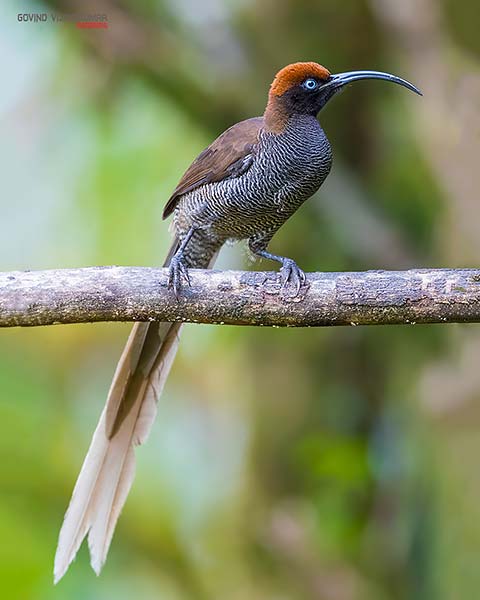
Whenever a bird gets perched, it will start looking around its surroundings for food or safety measures. Therefore, you can use this opportunity to capture the front view of the bird with its head turned to left or right. It will make a beautiful picture if composed properly.
👉🏻 📖 READ MORE: Bird Photography Basics
6. Wing flap Bird Pose in Water
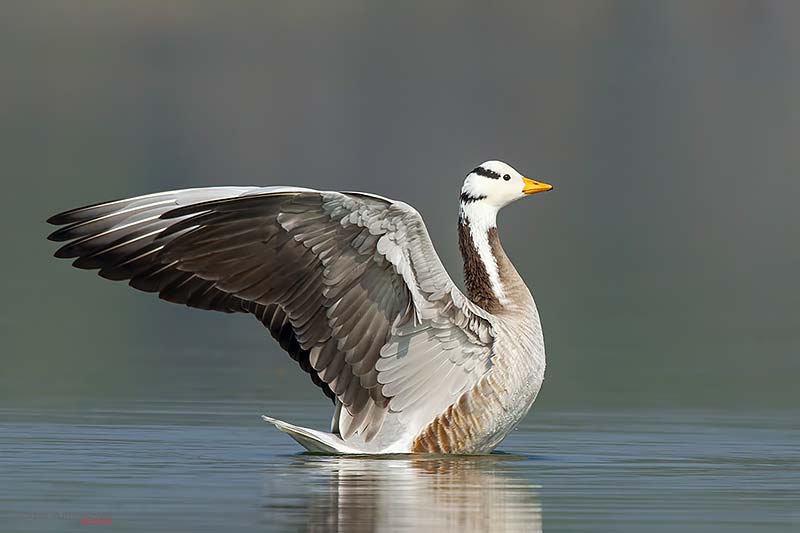
If you photograph water birds like ducks and geese, you can go for the wing flap pose. When these bird’s flap with their wings in the water, it is an excellent opportunity for you to freeze the action in your camera.
It will be tough to capture if you use the single-shot option in your camera. Instead, you can choose the burst mode for capturing the shot. Once you grab a series of images, you can select the best one from the lot. You can capture both side angle and front view shots.
7. Bird Pose – The Take-Off Pose
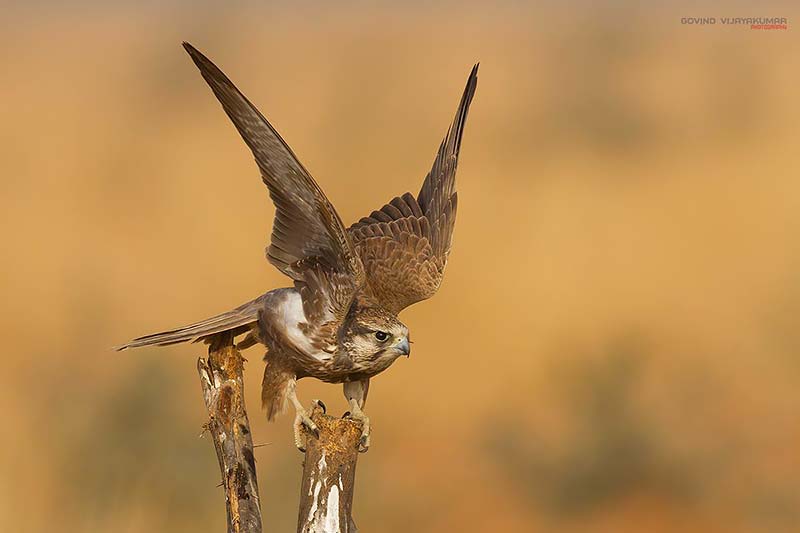
Once the bird gets perched in a tree or rock, it will take off from that place after some time. Most of the time, the take-off will happen once the bird finishes pooping. It is a good indication for you to get ready with the proper camera settings to freeze this action.
It is another best bird pose you can capture as a bird photographer.
8. The Walk Pose with Wings Open
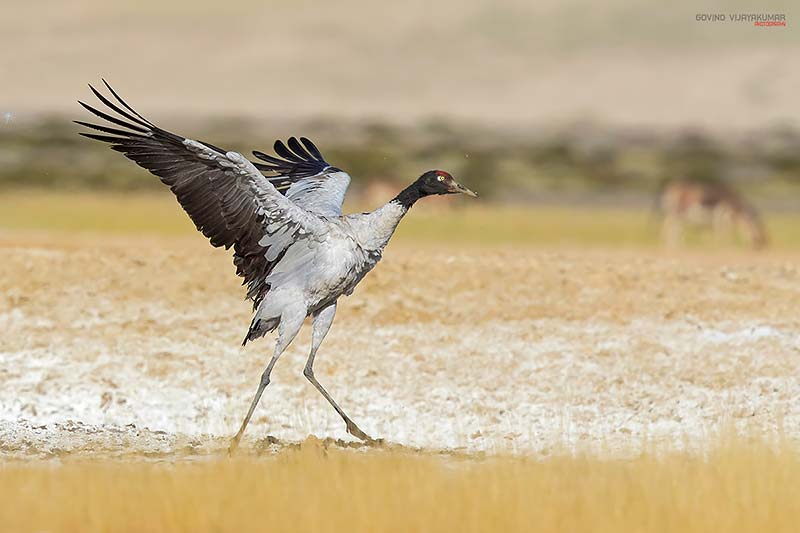
Big birds like Cranes and Storks are known for their walks in the field. You can see them flapping their wings during the walk at times. Switch to burst mode in your camera to capture the walking pose of these birds with their wings wide open.
Both the side angle shot and the front view shot work well for this shot.
👉🏻 📖 READ MORE: Best Bird Photography Tips
9. Side Angle Woodpecker Pose
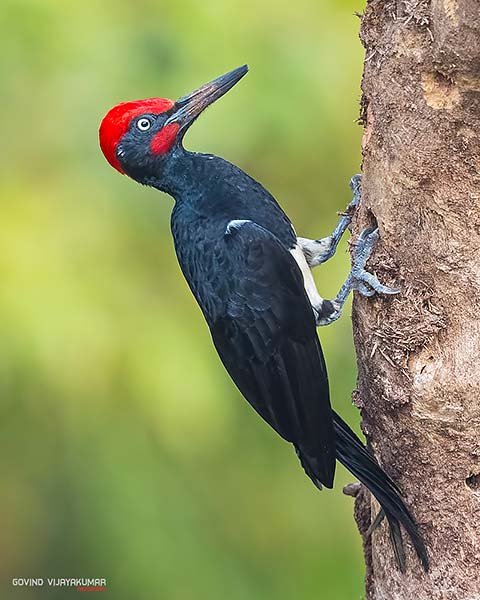
The birds in the woodpecker family are known to move vertically in the tree. So, when you try to photograph woodpeckers. Try to capture them in the side view pose. This pose is also popularly known as the woodpecker pose.
Try to compose the image in such a way that you get an excellent blurry background behind the woodpecker. Thus, the bird will stand out from the rest of the elements in the background.
10. Bird Call, Side Angle Pose
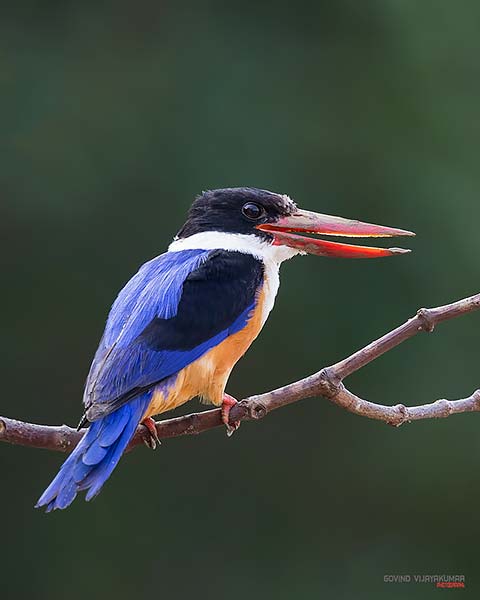
When the bird is calling/ singing, you must try to capture the frame from a side view. Only then, the viewer can see the beaks wide open in the frame.
If the temperature is low in the early morning, it is an excellent opportunity to capture the bird breathing shot.
11. The Preening Bird Pose
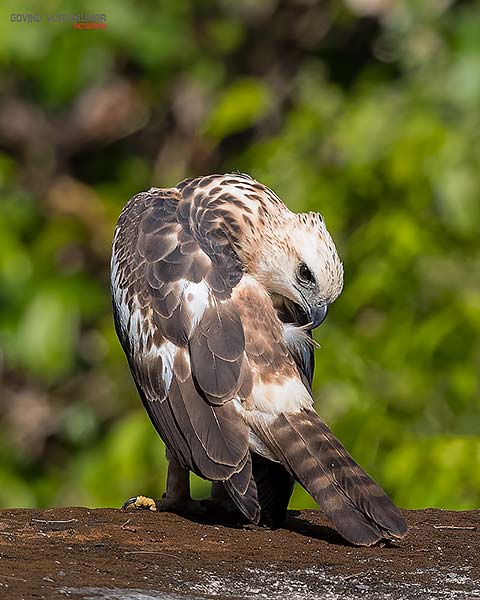
Birds will be engaged in preening activities at the time when they will be cleaning and positioning their feathers. They will perch in a tree or rock and start the preening activity.
You will get sufficient time to frame and shoot during this activity. Try to get good eye contact with the bird in your pictures.
12. Front View Shot, Perched on Tree
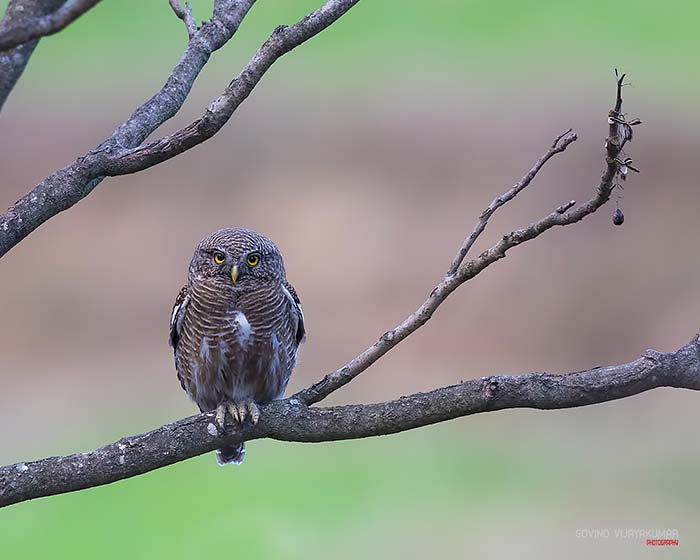
It is one of the easiest bird poses to capture. Most birds will be perched on the tree facing you, showing their front side.
This photo can be more interesting if the bird you are photographing has good features on its front side, like a rufous belly in the case of the Rufous-bellied Niltava bird.
13. The Back View Pose with a Half Head Turn
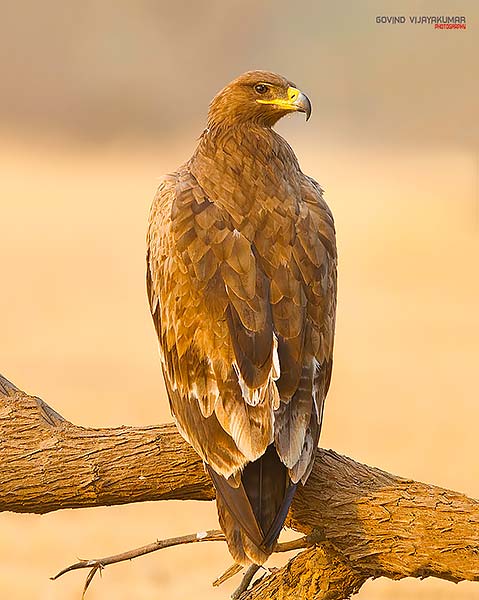
Another good bird pose to capture is the back view pose with the half head turn. To get this shot, you need to position it so that you can see the backside of the bird properly in the camera.
Sometimes, the bird will be facing on the opposite side. So, to get the head turn, you may have to wait patiently. Once the head starts moving, time the shot to get the perfect image. You will be able to see one of the eyes and the side view of the beak in this shot.
14. Perched Pose with Wings Wide Open
Sometimes, birds spread their wings when they are in the perched state. It usually happens in the morning time. This activity is referred to as sun bathing of the bird. It is done to regulate the body temperature of the bird.
They will hold the wings in the open position for a long time. You can capture lovely images of the birds showing their full wingspan.
👉🏻 📖 READ MORE: How to Photograph Birds in Flight

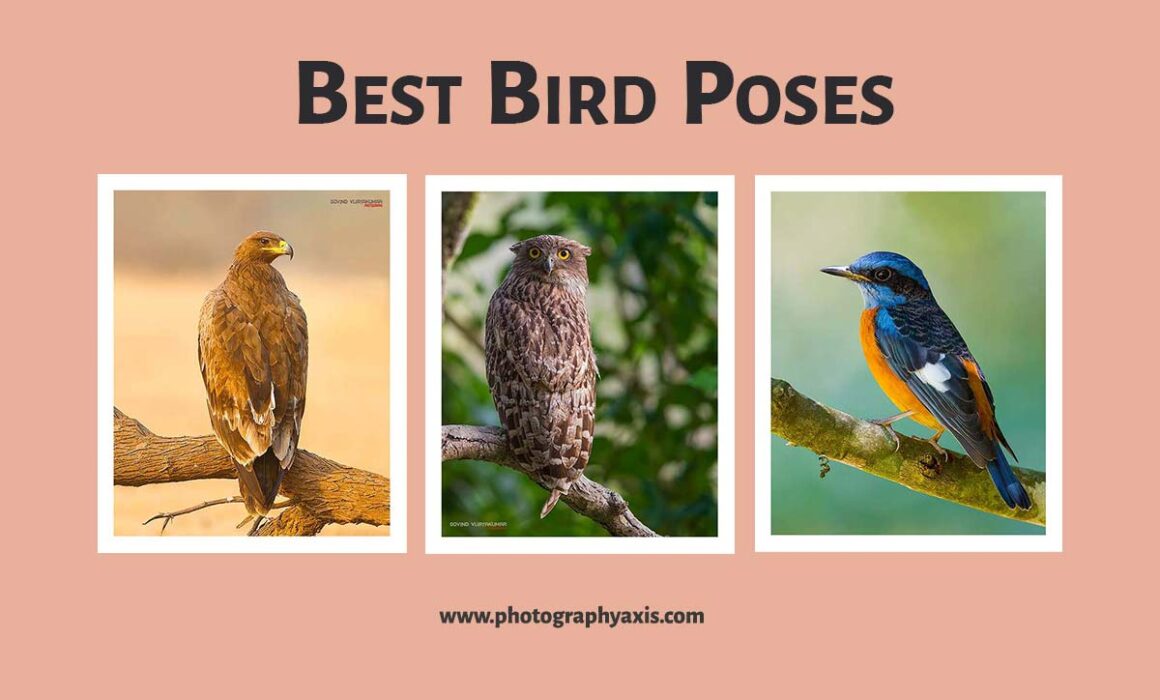
I really appreciate this article.